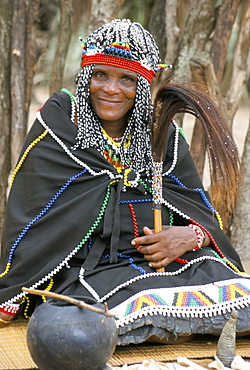Results
3 results found
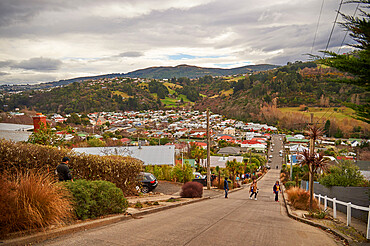
Tourists at Baldwin Street, the world's steepest residential road with an average gradient of 1 in 5 and 350 metres long, Dunedin, Otago, South Island, New Zealand, Pacific

Baldwin Street, the world's steepest residential road with an average gradient of 1 in 5 and 350 metres long, Dunedin, Otago, South Island, New Zealand, Pacific
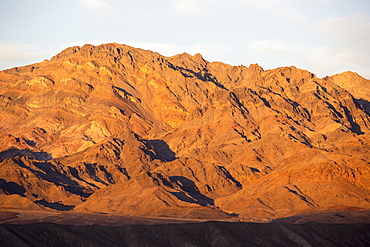
Badland scenery at Zabriskie Point at sunset in Death Valley which is the lowest, hottest, driest place in the USA, with an average annual rainfall of around 2 inches, some years it does not receive any rain at all.
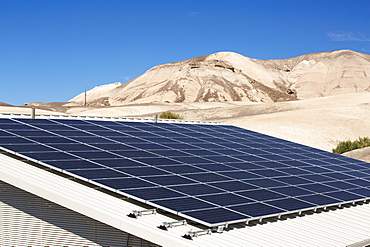
Solar panels amongst Badland scenery in Death Valley which is the lowest, hottest, driest place in the USA, with an average annual rainfall of around 2 inches, some years it does not receive any rain at all.
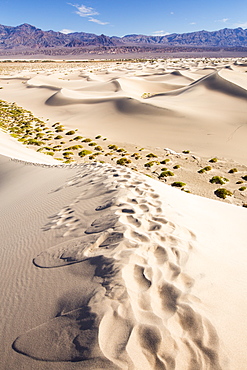
The Mesquite flat sand dunes in Death Valley which is the lowest, hottest, driest place in the USA, with an average annual rainfall of around 2 inches, some years it does not receive any rain at all.
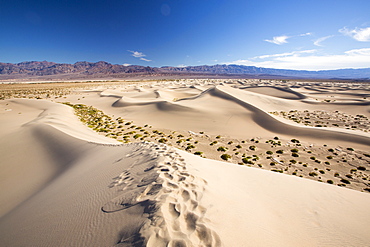
The Mesquite flat sand dunes in Death Valley which is the lowest, hottest, driest place in the USA, with an average annual rainfall of around 2 inches, some years it does not receive any rain at all.

The Mesquite flat sand dunes in Death Valley which is the lowest, hottest, driest place in the USA, with an average annual rainfall of around 2 inches, some years it does not receive any rain at all.

A dried up creek that when it contains water, supports Pup fish, a highly adapted fish that can tolerate high levels of salt. Death Valley is the lowest, hottest, driest place in the USA, with an average annual rainfall of around 2 inches, some years it does not receive any rain at all.
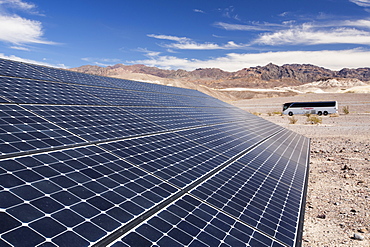
Solar panels at the Furnace Creek Visitor Centre in Death Valley. Death Valley is the lowest, hottest, driest place in the USA, with an average annual rainfall of around 2 inches, some years it does not receive any rain at all.
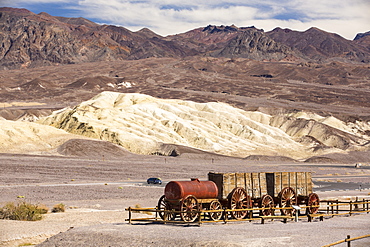
An old wagon train at the Harmony Borax works in Death Valley which is the lowest, hottest, driest place in the USA, with an average annual rainfall of around 2 inches, some years it does not receive any rain at all.
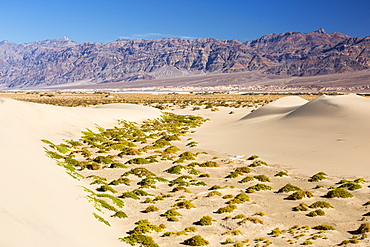
The Mesquite flat sand dunes in Death Valley which is the lowest, hottest, driest place in the USA, with an average annual rainfall of around 2 inches, some years it does not receive any rain at all.

Solar panels amongst Badland scenery in Death Valley which is the lowest, hottest, driest place in the USA, with an average annual rainfall of around 2 inches, some years it does not receive any rain at all.
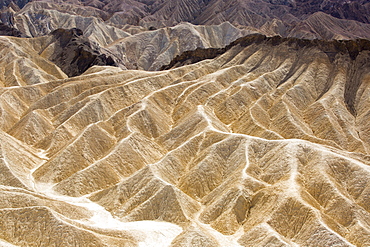
Badland scenery at Zabriskie Point in Death Valley which is the lowest, hottest, driest place in the USA, with an average annual rainfall of around 2 inches, some years it does not receive any rain at all.
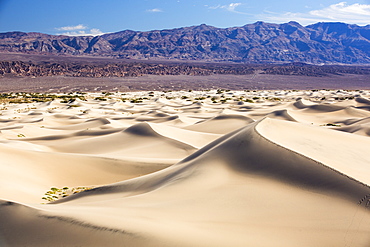
The Mesquite flat sand dunes in Death Valley which is the lowest, hottest, driest place in the USA, with an average annual rainfall of around 2 inches, some years it does not receive any rain at all.
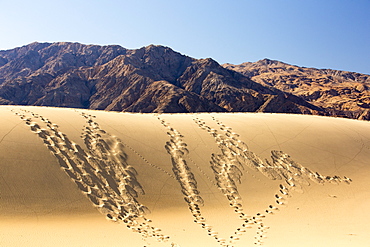
Footprints and lizard tracks on the Mesquite flat sand dunes in Death Valley which is the lowest, hottest, driest place in the USA, with an average annual rainfall of around 2 inches, some years it does not receive any rain at all.
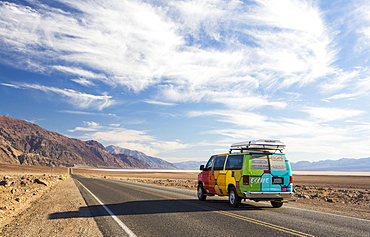
An RV on the road near Badwater which is the lowest point in the USA being 282 feet below sea level in Death Valley. Death Valley is the lowest, hottest, driest place in the USA, with an average annual rainfall of around 2 inches, some years it does not receive any rain at all.
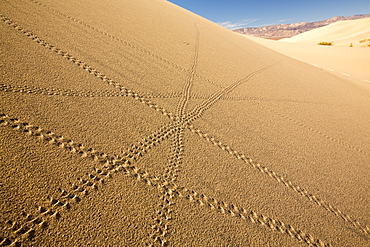
Lizard trails on the Mesquite flat sand dunes in Death Valley which is the lowest, hottest, driest place in the USA, with an average annual rainfall of around 2 inches, some years it does not receive any rain at all.
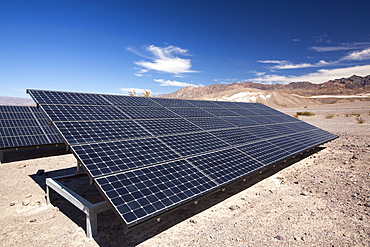
Solar panels at the Furnace Creek Visitor Centre in Death Valley. Death Valley is the lowest, hottest, driest place in the USA, with an average annual rainfall of around 2 inches, some years it does not receive any rain at all.
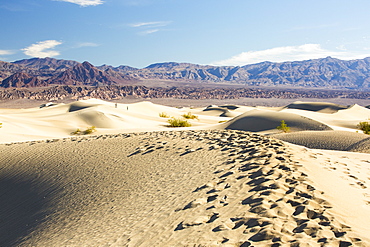
The Mesquite flat sand dunes in Death Valley which is the lowest, hottest, driest place in the USA, with an average annual rainfall of around 2 inches, some years it does not receive any rain at all.
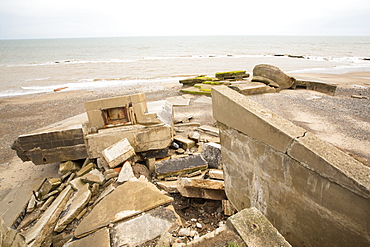
The Remains of the Godwin battery on the beach at Kilnsea at the head of Spurn point on Yorkshires East Coast, UK. Initially constructed during the First World War, the Godwin Battery was added to during the Second World War. It comprised of gun emplacements, search light, barracks, officers’ mess, and a hospital. This section of coastline is the fastest eroding coastline in Europe. The soft boulder clay cliffs are easily eroded and have been eroding since Roman Times, but recently the climate change impacts of increased stormy weather, increased heavy rainfall events and sea level rise have accelerated the rate of erosion. The average rate of attrition is 1.5metres per year, last year it was 5 metres.

The Remains of the Godwin battery on the beach at Kilnsea at the head of Spurn point on Yorkshires East Coast, UK. Initially constructed during the First World War, the Godwin Battery was added to during the Second World War. It comprised of gun emplacements, search light, barracks, officers’ mess, and a hospital. This section of coastline is the fastest eroding coastline in Europe. The soft boulder clay cliffs are easily eroded and have been eroding since Roman Times, but recently the climate change impacts of increased stormy weather, increased heavy rainfall events and sea level rise have accelerated the rate of erosion. The average rate of attrition is 1.5metres per year, last year it was 5 metres.
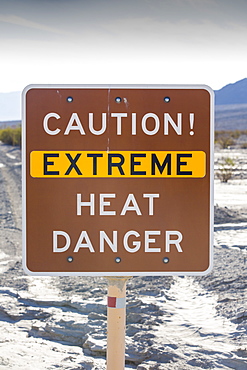
An extreme heat danger sign in Death Valley which is the lowest, hottest, driest place in the USA, with an average annual rainfall of around 2 inches, some years it does not receive any rain at all.
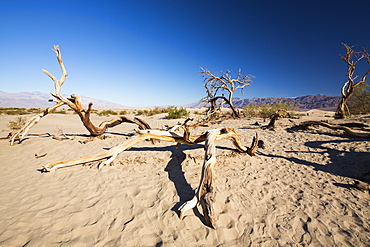
Death Valley is the lowest, hottest, driest place in the USA, with an average annual rainfall of around 2 inches, some years it does not receive any rain at all.
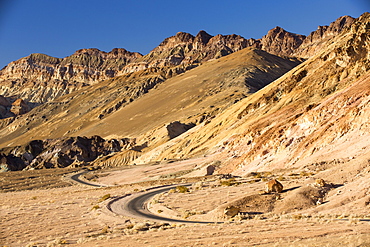
Colourful rocks from Artists Drive in Death Valley which is the lowest, hottest, driest place in the USA, with an average annual rainfall of around 2 inches, some years it does not receive any rain at all.
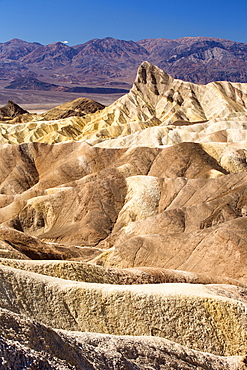
Badland scenery at Zabriskie Point in Death Valley which is the lowest, hottest, driest place in the USA, with an average annual rainfall of around 2 inches, some years it does not receive any rain at all.
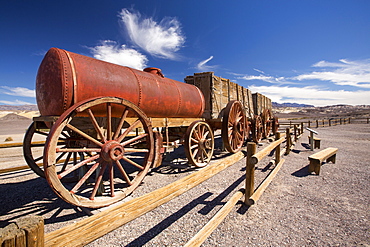
An old wagon train at the Harmony Borax works in Death Valley which is the lowest, hottest, driest place in the USA, with an average annual rainfall of around 2 inches, some years it does not receive any rain at all.
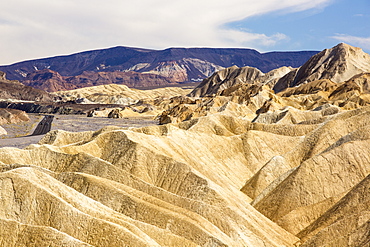
Badland scenery at Zabriskie Point in Death Valley which is the lowest, hottest, driest place in the USA, with an average annual rainfall of around 2 inches, some years it does not receive any rain at all.
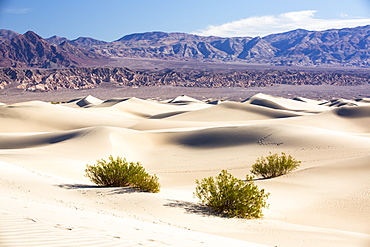
The Mesquite flat sand dunes in Death Valley which is the lowest, hottest, driest place in the USA, with an average annual rainfall of around 2 inches, some years it does not receive any rain at all.
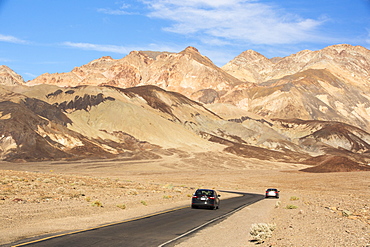
Colourful rocks from Artists Drive in Death Valley which is the lowest, hottest, driest place in the USA, with an average annual rainfall of around 2 inches, some years it does not receive any rain at all.
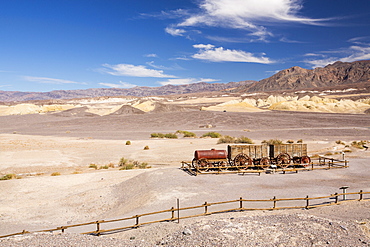
An old wagon train at the Harmony Borax works in Death Valley which is the lowest, hottest, driest place in the USA, with an average annual rainfall of around 2 inches, some years it does not receive any rain at all.
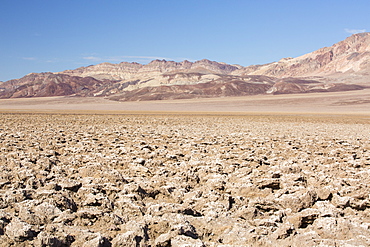
The Devils Golf Course in Death Valley which is the lowest, hottest, driest place in the USA, with an average annual rainfall of around 2 inches, some years it does not receive any rain at all.
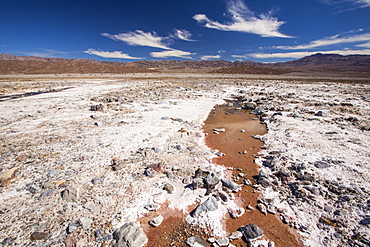
Saline creeks in Death Valley which is the lowest, hottest, driest place in the USA, with an average annual rainfall of around 2 inches, some years it does not receive any rain at all.

Colourful rocks from Artists Drive in Death Valley which is the lowest, hottest, driest place in the USA, with an average annual rainfall of around 2 inches, some years it does not receive any rain at all.
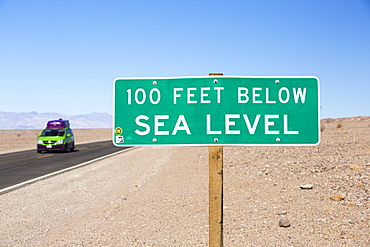
A sign at 100 feet below sea level in Death Valley which is the lowest, hottest, driest place in the USA, with an average annual rainfall of around 2 inches, some years it does not receive any rain at all.
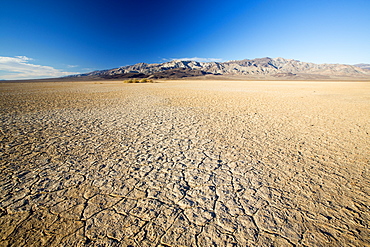
Death Valley is the lowest, hottest, driest place in the USA, with an average annual rainfall of around 2 inches, some years it does not receive any rain at all.
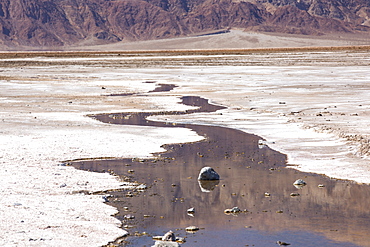
Saline creeks in Death Valley which is the lowest, hottest, driest place in the USA, with an average annual rainfall of around 2 inches, some years it does not receive any rain at all.
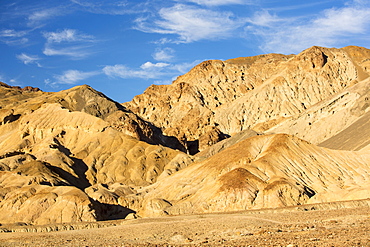
Colourful rocks from Artists Drive in Death Valley which is the lowest, hottest, driest place in the USA, with an average annual rainfall of around 2 inches, some years it does not receive any rain at all.
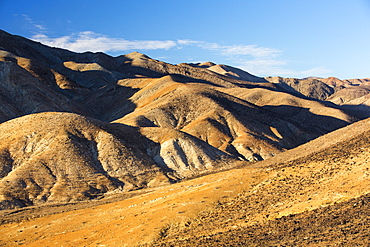
Badland scenery in Death Valley which is the lowest, hottest, driest place in the USA, with an average annual rainfall of around 2 inches, some years it does not receive any rain at all.
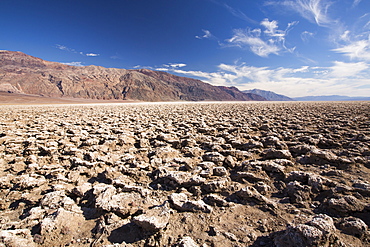
The Devils Golf course in Death Valley which is the lowest, hottest, driest place in the USA, with an average annual rainfall of around 2 inches, some years it does not receive any rain at all.
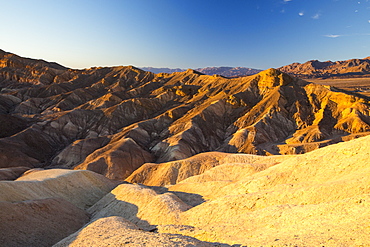
Badland scenery at sunset, Zabriskie Point in Death Valley which is the lowest, hottest, driest place in the USA, with an average annual rainfall of around 2 inches, some years it does not receive any rain at all.
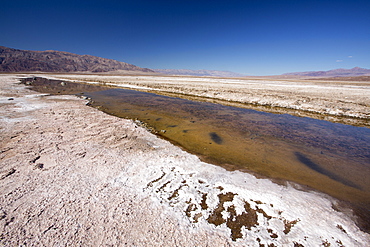
Saline creeks in Death Valley which is the lowest, hottest, driest place in the USA, with an average annual rainfall of around 2 inches, some years it does not receive any rain at all.

Badland scenery around Artists Drive road, Death Valley which is the lowest, hottest, driest place in the USA, with an average annual rainfall of around 2 inches, some years it does not receive any rain at all.
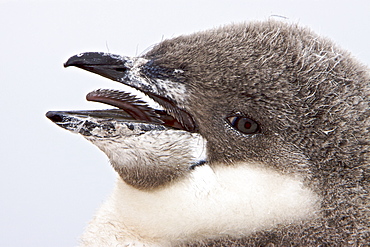
Chinstrap penguin (Pygoscelis antarctica) chick head detail at colony on Useful Island near the Antarctic Peninsula. There are an estimated 2 million breeding pairs of chinstrap penguins in the Antarctic peninsula region alone, perhaps as many as 7.5 million breeding pairs in all of Antarctica. Their name derives from the narrow black band under their heads which makes it appear as if they are wearing black helmets, making them one of the most easily identified types of penguin. Other names for them are "Ringed Penguins", "Bearded Penguins", and "Stonecracker Penguins" due to their harsh call. They grow to 68 cm (27 in). The average adult weight of a Chinstrap Penguin is 4.5 kg (10 lbs). Weight can range from 3 to 6 kg (6.6-13.2 lbs), with males being slightly larger and weight varying based on where the penguin is in the breeding cycle. Their diet consists of krill, shrimp, and fish. On land they build circular nests from stones, and lay two eggs, which are incubated by both the male and the female for shifts of five to ten days. They can also breed on icebergs, though they prefer non-icy conditions. The chicks hatch after about 35 days, and have fluffy gray backs and white fronts. The chicks stay in the nest for 20?30 days before they go to join a creche. At around 50?60 days old, they moult, gaining their adult plumage and go to sea. The Chinstrap Penguin was first described by German naturalist Forster in 1781. Its specific epithet was often seen as antarctica, however a 2002 review determined the genus Pygoscelis was masculine, and hence the correct binomial name is Pygoscelis antarcticus.
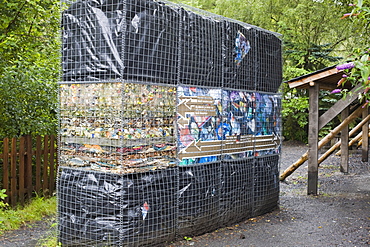
Rubbish thrown out by an average household in one year at the Centre for Alternative Technology in Machylleth, Wales, United Kingdom, Europe
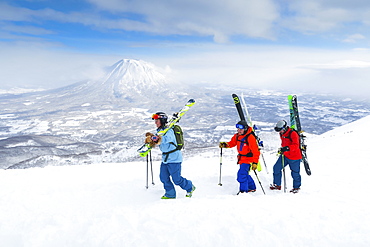
With the volcano Yotei in the background a female and two male backcountry skiers are hiking to the summit of mount Annupuri, in the ski resort Niseko United on the Japanese island of Hokkaido. Niseko United is comprised of four resorts on the one mountain, Annupuri (1,308m). 100km south of Sapporo, Niseko Annupuri is a part of the Niseko-Shakotan-Otaru Kaigan Quasi-National Park and is the most eastern park of the Niseko Volcanic Group. Hokkaido, the north island of Japan, is geographically ideally located in the path of consistent weather systems that bring the cold air across the Sea of Japan from Siberia. This results in many of the resorts being absolutely dumped with powder that is renowned for being incredibly dry. Some of the Hokkaido ski resorts receive an amazing average of 14-18 meters of snowfall annually. Niseko is the powder capital of the world and as such is the most popular international ski destination in Japan. It offers an unforgettable experience for all levels of skier and snowboarder. Mount Yotei in the background is often referred to as the "Mount Fuji of Hokkaido".

A female skier in is standing in a beautiful mountain landscape with snow covered trees near the ski resort of Rusutsu on Hokaido, Japan. Hokkaido, the north island of Japan, is geographically ideally located in the path of consistent weather systems that bring the cold air across the Sea of Japan from Siberia. This results in many of the resorts being absolutely dumped with powder that is renowned for being incredibly dry. Some of the Hokkaido ski resorts receive an amazing average of 14-18 metres of snowfall annually! With an average annual snowfall of over 14 metres, the Rusutsu Resort has some of the most incredible powder and tree skiing to be found anywhere in the world. Frequently the powder is incredibly dry; you blast right through it with virtually no resistance. Next by Kiroro was mentioned as one of the 20 must visit destination in Best of the World 2016 of National Geographic Traveler.
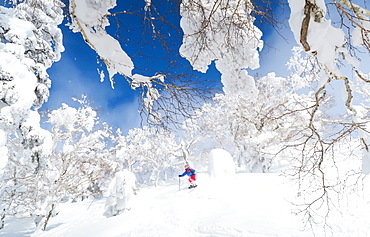
A male skier is riding in deep powder snow. The trees are covered with a white layer and the sky is blue. Fairy tale landscape. Hokkaido, the north island of Japan, is geographically ideally located in the path of consistent weather systems that bring the cold air across the Sea of Japan from Siberia. This results in many of the resorts being absolutely dumped with powder that is renowned for being incredibly dry. Some of the Hokkaido ski resorts receive an amazing average of 14-18 metres of snowfall annually.

With Mount Yotei in the background, a team of backcountry skiers, led by a woman, are hiking to the summit of mount Annupuri, near ski resort Niseko United on the Japanese island of Hokkaido. The skis they carry are big and wide allowing the winter enthusiasts to fully enjoy skiing down the waist deep powder slopes Niseko United is known for. Niseko United is comprised of four resorts on the one mountain, Annupuri (1,308m). 100km south of Sapporo, Niseko Annupuri is a part of the Niseko-Shakotan-Otaru Kaigan Quasi-National Park and is the most eastern park of the Niseko Volcanic Group. Hokkaido, the north island of Japan, is geographically ideally located in the path of consistent weather systems that bring the cold air across the Sea of Japan from Siberia. This results in many of the resorts being absolutely dumped with powder that is renowned for being incredibly dry. Some of the Hokkaido ski resorts receive an amazing average of 14-18 meters of snowfall annually. Niseko is the powder capital of the world and as such is the most popular international ski destination in Japan. It offers an unforgettable experience for all levels of skier and snowboarder.
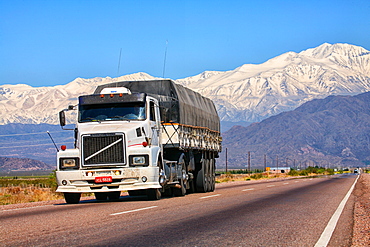
The province of Mendoza is part of all Argentine provinces that are vertically crossed by the Cordillera de Los Andes. The Principal Cordillera is the result of an early folding, with an average height of about 6500 meters. It has two distinct sectors: in the north and to the provincial Diamond Rio is characterized by a high narrow strip, which finds its highest expression in the Cerro Aconcagua 6962 m. In the southern provinces, from Diamond Rio to the South forms a wider and less high orographic belt.
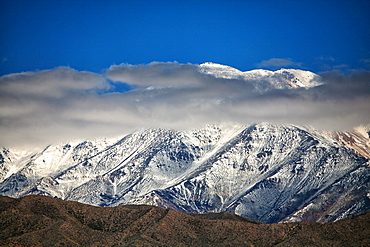
The province of Mendoza is part of all Argentine provinces that are vertically crossed by the Cordillera de Los Andes. The Principal Cordillera is the result of an early folding, with an average height of about 6500 meters. It has two distinct sectors: in the north and to the provincial Diamond Rio is characterized by a high narrow strip, which finds its highest expression in the Cerro Aconcagua 6962 m. In the southern provinces, from Diamond Rio to the South forms a wider and less high orographic belt.
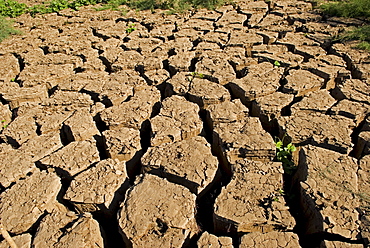
A drought is an extended period of months, or years, when a region notes a deficiency in its water supply. Generally, this occurs when a region receives consistently below average precipitation. It can have a substantial impact on the ecosystem and agriculture of the affected region.
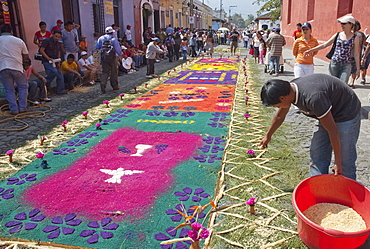
People making a carpet made of sand & sawdust along the Good Friday processional route. Carpet-making is thought of as a sacrificial act, as the elaborate detail and time that go into the carpet making is a way for people to give something of themselves in memory of the crucifixion of Jesus. These carpets last on average 2 hours before they are destroyed by the many feet that march over them during a procession in Antigua Guatemala., Sacatepuquez, Guatemala
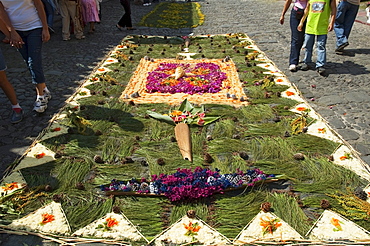
Carpet made of pine needles & flowers along the Good Friday processional route. Carpet-making is thought of as a sacrificial act, as the elaborate detail and time that go into the carpet making is a way for people to give something of themselves in memory of the crucifixion of Jesus. These carpets last on average 2 hours before they are destroyed by the many feet that march over them during a procession in Antigua Guatemala., Sacatepuquez, Guatemala
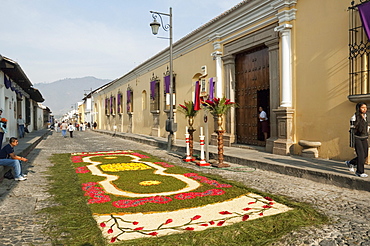
Carpet made of pine needles, flowers, sand & sawdust along the Good Friday processional route. Carpet-making is thought of as a sacrificial act, as the elaborate detail and time that go into the carpet making is a way for people to give something of themselves in memory of the crucifixion of Jesus. These carpets last on average 2 hours before they are destroyed by the many feet that march over them during a procession in Antigua Guatemala., Sacatepuquez, Guatemala

Carpet made of sand & sawdust along the Good Friday processional route. Carpet-making is thought of as a sacrificial act, as the elaborate detail and time that go into the carpet making is a way for people to give something of themselves in memory of the crucifixion of Jesus. These carpets last on average 2 hours before they are destroyed by the many feet that march over them during a procession in Antigua Guatemala., Sacatepuquez, Guatemala
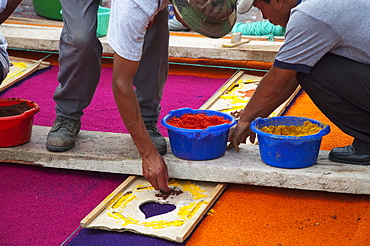
People working on a carpet made of sand & sawdust along the Good Friday processional route. Carpet-making is thought of as a sacrificial act, as the elaborate detail and time that go into the carpet making is a way for people to give something of themselves in memory of the crucifixion of Jesus. These carpets last on average 2 hours before they are destroyed by the many feet that march over them during a procession in Antigua Guatemala., Sacatepuquez, Guatemala
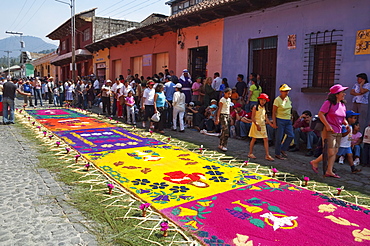
Carpet with Christian imagery made of sand & sawdust along the Good Friday processional route. Carpet-making is thought of as a sacrificial act, as the elaborate detail and time that go into the carpet making is a way for people to give something of themselves in memory of the crucifixion of Jesus. These carpets last on average 2 hours before they are destroyed by the many feet that march over them during a procession in Antigua Guatemala., Sacatepuquez, Guatemala
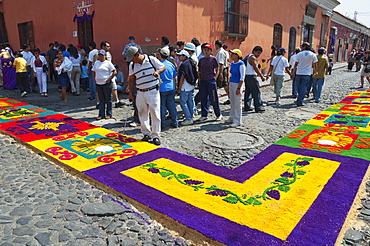
Carpet made of sand & sawdust along the Good Friday processional route. Carpet-making is thought of as a sacrificial act, as the elaborate detail and time that go into the carpet making is a way for people to give something of themselves in memory of the crucifixion of Jesus. These carpets last on average 2 hours before they are destroyed by the many feet that march over them during a procession in Antigua Guatemala., Sacatepuquez, Guatemala

Carpet made of pine needles & flowers along the Good Friday processional route. Carpet-making is thought of as a sacrificial act, as the elaborate detail and time that go into the carpet making is a way for people to give something of themselves in memory of the crucifixion of Jesus. These carpets last on average 2 hours before they are destroyed by the many feet that march over them during a procession in Antigua Guatemala., Sacatepuquez, Guatemala
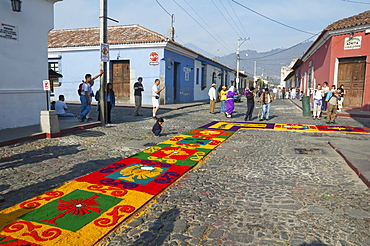
Carpet made of pine needles, flowers, sand & sawdust along the Good Friday processional route. Carpet-making is thought of as a sacrificial act, as the elaborate detail and time that go into the carpet making is a way for people to give something of themselves in memory of the crucifixion of Jesus. These carpets last on average 2 hours before they are destroyed by the many feet that march over them during a procession in Antigua Guatemala., Sacatepuquez, Guatemala

People making a carpet of sand & sawdust with the image of Jesus along the Good Friday processional route. Carpet-making is thought of as a sacrificial act, as the elaborate detail and time that go into the carpet making is a way for people to give something of themselves in memory of the crucifixion of Jesus. These carpets last on average 2 hours before they are destroyed by the many feet that march over them during a procession in Antigua Guatemala., Sacatepuquez, Guatemala
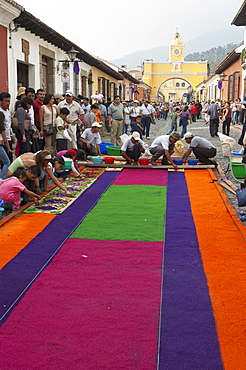
People working on a carpet made of sand & sawdust along the Good Friday processional route. Carpet-making is thought of as a sacrificial act, as the elaborate detail and time that go into the carpet making is a way for people to give something of themselves in memory of the crucifixion of Jesus. These carpets last on average 2 hours before they are destroyed by the many feet that march over them during a procession in Antigua Guatemala., Sacatepuquez, Guatemala
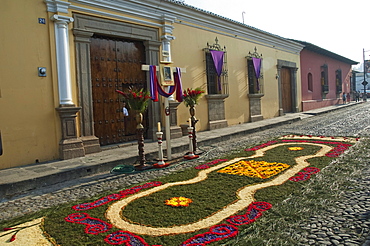
Carpet made of pine needles, flowers, sand & sawdust along the Good Friday processional route. Carpet-making is thought of as a sacrificial act, as the elaborate detail and time that go into the carpet making is a way for people to give something of themselves in memory of the crucifixion of Jesus. These carpets last on average 2 hours before they are destroyed by the many feet that march over them during a procession in Antigua Guatemala., Sacatepuquez, Guatemala

Girl by a carpet made of sand & sawdust along the Good Friday processional route. Carpet-making is thought of as a sacrificial act, as the elaborate detail and time that go into the carpet making is a way for people to give something of themselves in memory of the crucifixion of Jesus. These carpets last on average 2 hours before they are destroyed by the many feet that march over them during a procession in Antigua Guatemala., Sacatepuquez, Guatemala
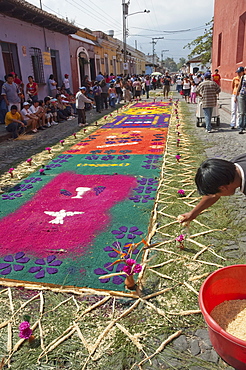
People making a carpet made of sand & sawdust along the Good Friday processional route. Carpet-making is thought of as a sacrificial act, as the elaborate detail and time that go into the carpet making is a way for people to give something of themselves in memory of the crucifixion of Jesus. These carpets last on average 2 hours before they are destroyed by the many feet that march over them during a procession in Antigua Guatemala., Sacatepuquez, Guatemala
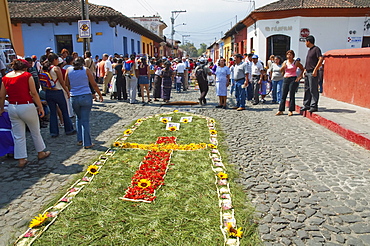
People making a carpet made of flower & pine needles along the Good Friday processional route. Carpet-making is thought of as a sacrificial act, as the elaborate detail and time that go into the carpet making is a way for people to give something of themselves in memory of the crucifixion of Jesus. These carpets last on average 2 hours before they are destroyed by the many feet that march over them during a procession in Antigua Guatemala., Sacatepuquez, Guatemala
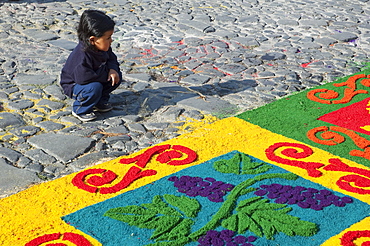
Girl by a carpet made of sand & sawdust along the Good Friday processional route. Carpet-making is thought of as a sacrificial act, as the elaborate detail and time that go into the carpet making is a way for people to give something of themselves in memory of the crucifixion of Jesus. These carpets last on average 2 hours before they are destroyed by the many feet that march over them during a procession in Antigua Guatemala., Sacatepuquez, Guatemala

People making a carpet made of flower & pine needles along the Good Friday processional route. Carpet-making is thought of as a sacrificial act, as the elaborate detail and time that go into the carpet making is a way for people to give something of themselves in memory of the crucifixion of Jesus. These carpets last on average 2 hours before they are destroyed by the many feet that march over them during a procession in Antigua Guatemala., Sacatepuquez, Guatemala
